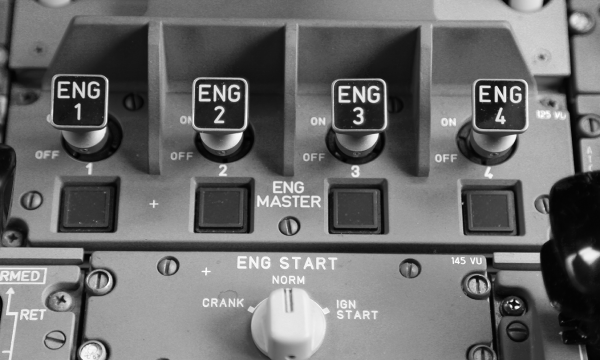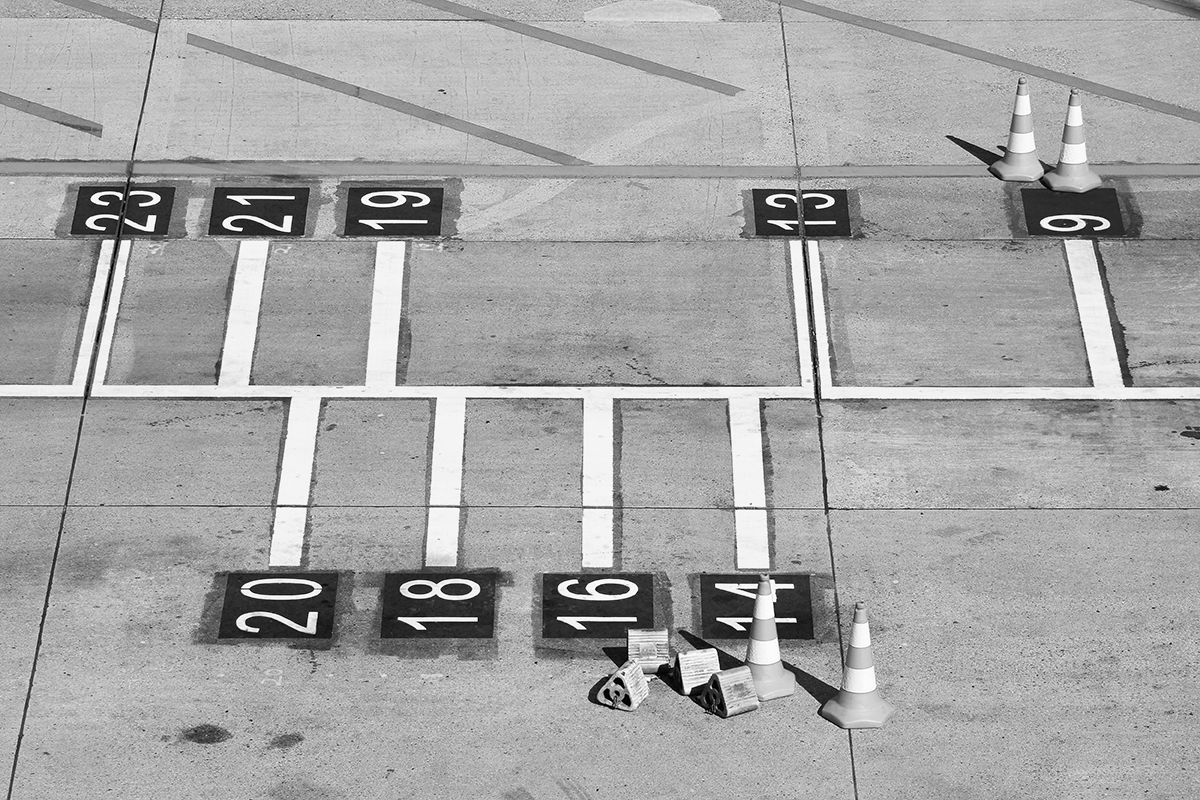Expect the unexpected.
Planning and reality are different: Endogenous and exogenous factors influence planning and, as a result, depict reality. A highly optimized system of coordinated connections and dependencies can nevertheless cause a cost explosion in the event of irregularities; in the worst case, the proverbial clockwork will stop.
We know that an optimal system must not only be effective and efficient but also fault tolerant. Such a system, whose behavior in information technology is also described as Graceful Degradation, must be able to handle various irregularity handling methods: irregularity detection, prevention and propagation of irregularity, recovery procedures to restore the normal conditions after an irregularity. The Tactical Target concept is one of several preventative and acute measures, with the aim of minimizing overall costs in case of an irregularity. The Tactical Target is primarily a handling instruction for crews and ground handling personnel. It specifies the overall objective of flight execution. It is determined for each flight individually and communicated to all process stakeholders. The determination is made on the basis of specific criteria and algorithms, with the aim of reducing overall costs in the case of an irregularity. The Tactical Targets of all flights are continuously recalculated. Disruptive factors can result in a change in assigned targets. In such a case, the relevant process stakeholders are informed immediately automatically via ACARS (Aircraft Communications Addressing and Reporting System), AFTN (Aeronautical Fixed Telecommunication Network ) or Email, or manually by a phone call of the OCC.
Three examples for Tactical Targets.
The following three examples are simplified and are for explanation only. In fact, much company and network specific information is involved in the definition and calculation of Tactical Targets.
A hub-inbound flight with many transfer passengers is delayed. The crew already learns at check-in that this flight has to land in time in the hub. Thus, the Tactical Target of the flight execution is “punctuality”. The commander and ramp agent use their influence through dedicated procedures and in cooperation with all other process stakeholders, so that this flight lands on time.
The background to this Tactical Target is the realization that it makes sense on certain flights to put the individual economy of the flight in the background in order to maintain a global punctuality target for follow-up flights (and for example, by selectively investing more fuel). Despite the overarching goal of arriving punctuality, the most cost-effective means of achieving the goal are to be used. This means, for example, instead of flying faster and consuming more fuel, crews should go off blocks earlier to get the most out of the fuel. At this point, responsibility, experience, overview and decision-making are required by the crew and ramp agent.
A delayed flight without transfer passengers to an outstation, without planned nightly maintenance or night cerfew restrictions, receives „efficiency“ as Tactical Target (as being the overall objective of the flight execution). The expected delay is also harmless under consideration of legal compensation regulations, such as EU 261/2004. The crew will make the flight as fuel-efficient as possible.
The „efficiency“ target indicates that the overall economic goal of the flight execution is the total cost minimization. This should be achieved in flight by strict adherence to the Cost Index1 or comparable method for determining an airspeed taking into account various types of costs. In addition to strict adherence to the assigned speed, the crew is requested to exhaust all other resources available to make the flight and all its framework processes as cost effective as possible.
_____________________________
[1] The Cost Index puts fuel costs in relation to the tailsign-specific individual time costs such as maintenance or crew costs.
A flight with transfer passengers is already so late that follow-up costs due to missed connecting flights are unavoidable. The only cost that can still be saved in this example is fuel. So this flight gets the Tactical Target “saving fuel”. This decision is about damage limitation. The delay-induced costs were incurred anyway. It goes without saying that consideration is also given to all basic conditions, such as the consequences of EU 261/2004.
Definition and implementation.
The definition of the individual categories of possible Tactical Targets is dependent on the circumstances of the airline concerned. It incorporates commercial, operational and infrastructural, collectively agreed as well as other circumstances in the determination. The subsequent determination of the targets for each flight takes place in real time and on the basis of software, which now recognizes even complex relationships via Deep Learning and awards appropriate Tactical Targets on the basis of artificial intelligence.
The minds behind GMP have already implemented the Tactical Target concept for a major German airline. The software developers involved at the time and the brains behind the algorithms are part of the team and network at GMP.







